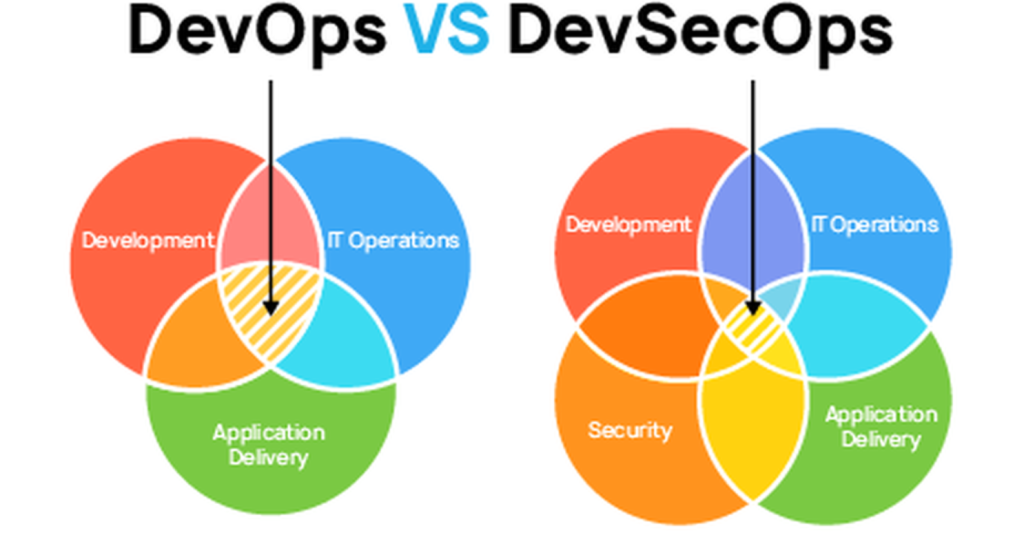Upgrade & Secure Your Future with DevOps, SRE, DevSecOps, MLOps!
We spend hours on Instagram and YouTube and waste money on coffee and fast food, but won’t spend 30 minutes a day learning skills to boost our careers.
Master in DevOps, SRE, DevSecOps & MLOps!
Learn from Guru Rajesh Kumar and double your salary in just one year.

DevOps and DevSecOps can be implemented together by integrating security practices seamlessly into the DevOps lifecycle, ensuring security is a shared responsibility across development, operations, and security teams. DevOps focuses on automating and streamlining collaboration between development and operations to deliver software faster and with higher quality. By adding DevSecOps, security becomes a built-in component rather than an afterthought, leveraging automated tools for vulnerability scanning, code analysis, and compliance checks at every stage of the CI/CD pipeline. This holistic approach enhances software reliability and security while maintaining the agility and speed of DevOps processes. To achieve this, organizations must foster a culture of collaboration, invest in the right tools, and provide continuous training to align teams on both DevOps and security best practices.
Understanding DevOps and DevSecOps
Before delving into their integration, it’s crucial to comprehend the core principles of DevOps and DevSecOps:
- DevOps: Emphasizes collaboration between development and operations teams to automate and accelerate the software delivery process.
- DevSecOps: Integrates security practices into the DevOps pipeline, ensuring that security is a shared responsibility throughout the software development lifecycle.
By understanding these foundations, organizations can better strategize on merging these practices effectively.
Key Strategies for Integrating DevOps and DevSecOps
To successfully implement DevOps and DevSecOps together, consider the following strategies:
- Foster a Security-First Culture: Cultivate an organizational mindset that prioritizes security in every task, from software development to business operations. Palo Alto Networks
- Automate Security Testing: Implement automated security tests within the CI/CD pipeline to identify vulnerabilities early without hindering development speed. Aqua Security
- Continuous Monitoring: Establish real-time monitoring to detect and respond to security threats promptly, maintaining system integrity.
- Collaborative Training: Provide joint training sessions for development, operations, and security teams to ensure a unified understanding of security protocols and best practices.
- Implement Secure Coding Practices: Adopt coding standards that emphasize security, reducing the risk of vulnerabilities in the codebase.

Benefits of Integrating DevOps and DevSecOps
Combining these methodologies offers several advantages:
- Enhanced Security Posture: Proactively addresses security concerns, leading to more robust and secure applications.
- Faster Time-to-Market: Streamlined processes and automated security checks accelerate the development cycle.
- Improved Collaboration: Breaks down silos between teams, fostering a culture of shared responsibility and open communication.
- Cost Efficiency: Early detection of security issues reduces the cost associated with late-stage vulnerability fixes.
Challenges and Solutions
While integrating DevOps and DevSecOps presents challenges, they can be mitigated with appropriate strategies:
- Resistance to Change: Overcome by promoting a culture that values security and continuous improvement.
- Tool Integration: Select compatible tools that facilitate seamless integration of security into the DevOps pipeline.
- Skill Gaps: Address through targeted training programs to equip teams with necessary security competencies.

 Starting: 1st of Every Month
Starting: 1st of Every Month  +91 8409492687 |
+91 8409492687 |  Contact@DevOpsSchool.com
Contact@DevOpsSchool.com